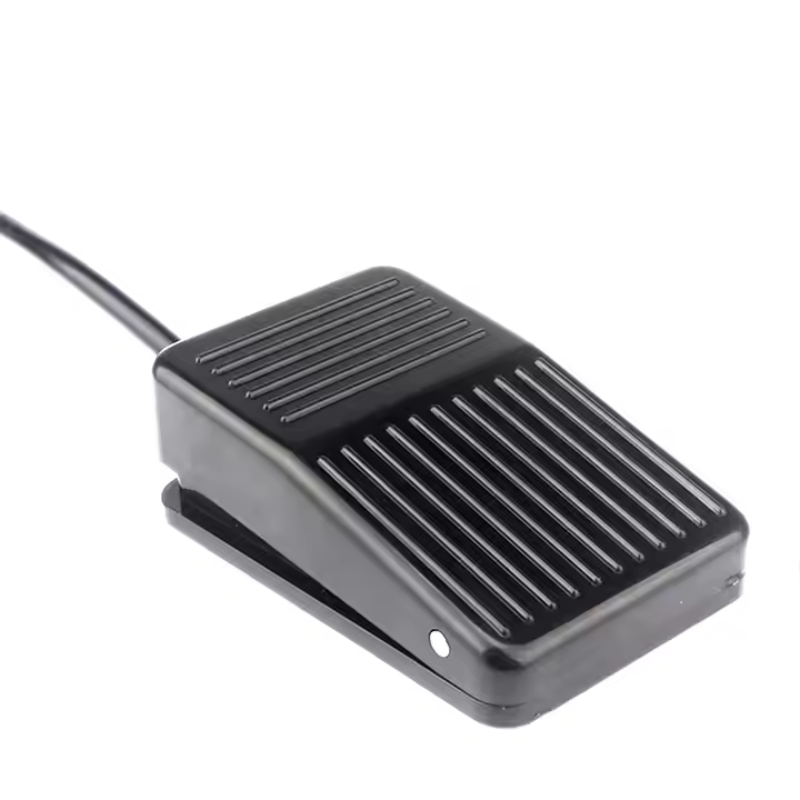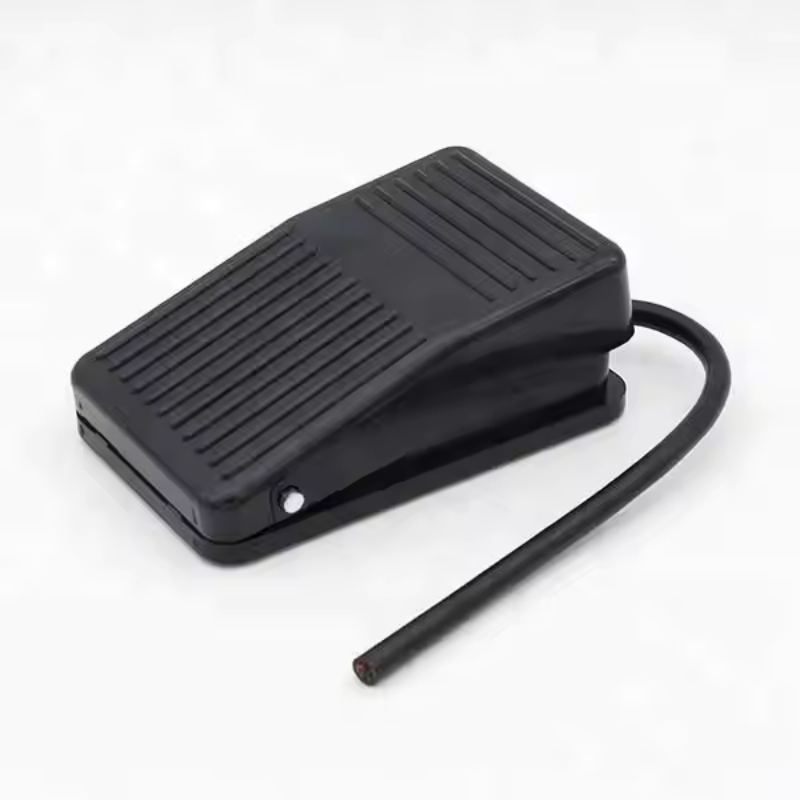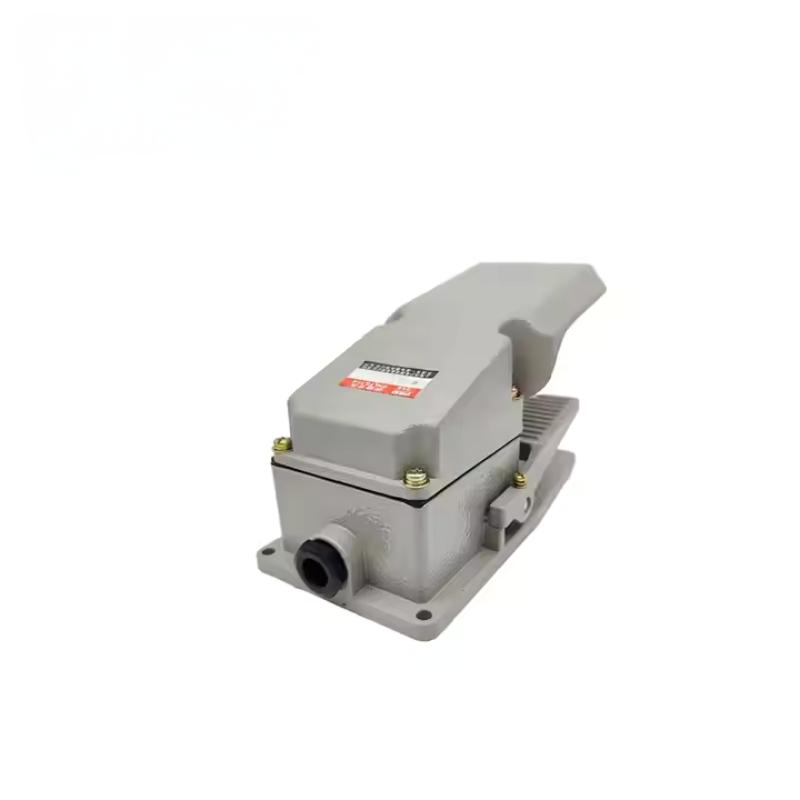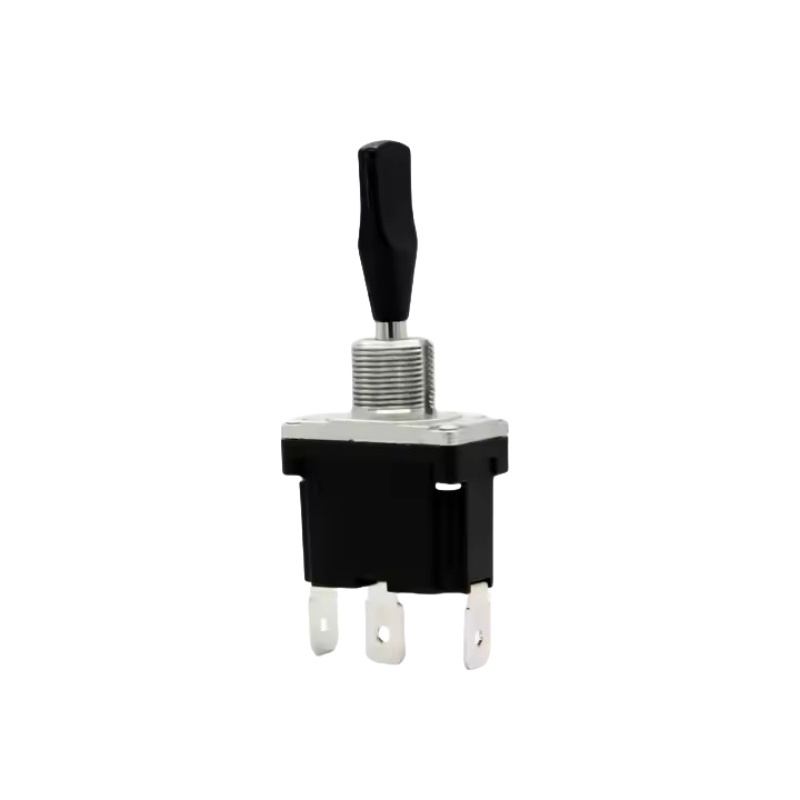
During a 9-hour neurosurgery, a surgeon interacts with equipment 437 times – 63% through foot controls (Journal of Clinical Ergonomics). Yet most OR foot switches remain overlooked infection risks and ergonomic hazards.

[Compliance as Survival]
- Key Standards:
- EN 60601-1:2023 leakage current requirements (<10μA)
- ISO 13485 traceability protocols
- Material Innovations:
- Seamless silicone housings (autoclavable at 135°C)
- Silver-ion infused polymers reducing bacterial colonization by 99.8% (FDA 510(k) #K223589)
[Specialty Applications Deep Dive]
- Robotic Surgery:
- 6-axis force feedback pedals for da Vinci Xi systems
- Haptic alert systems for instrument collision prevention
- Emergency Medicine:
- Single-pedal crash cart controls (defibrillator + suction activation)
- Auto-deploy antimicrobial pedal covers (activated by body heat)
[Human Factors Engineering]
- Tactile Design Psychology:
- Convex vs concave surface preferences in laparoscopic vs orthopedic surgeries
- Auditory feedback standardization (2kHz tone = successful activation)
- Fatigue Reduction:
- Dynamic resistance adjustment (light 1.5N pressure for microsurgery vs 8N for bone saws)
[Case Study]
Cleveland Clinic reduced OR turnover time by 22% using color-coded pedal systems:
- Blue: Imaging controls (CT/MRI-safe non-ferromagnetic alloys)
- Green: Irrigation/suction (IP68 waterproof rating)
- Red: Emergency stop (dual redundant contact design)



